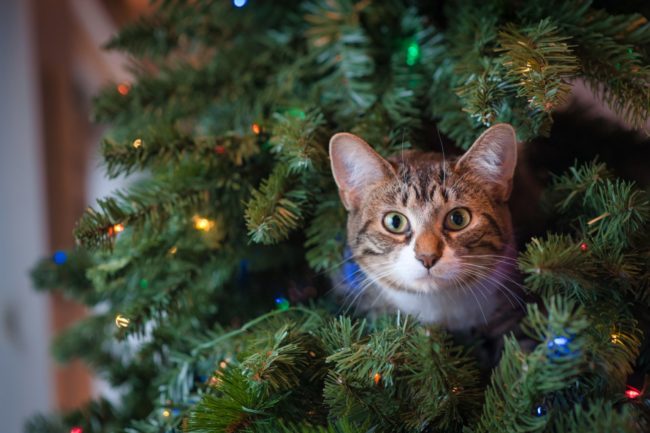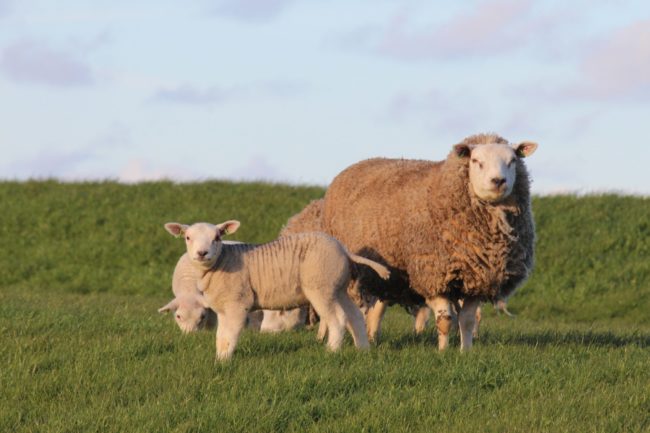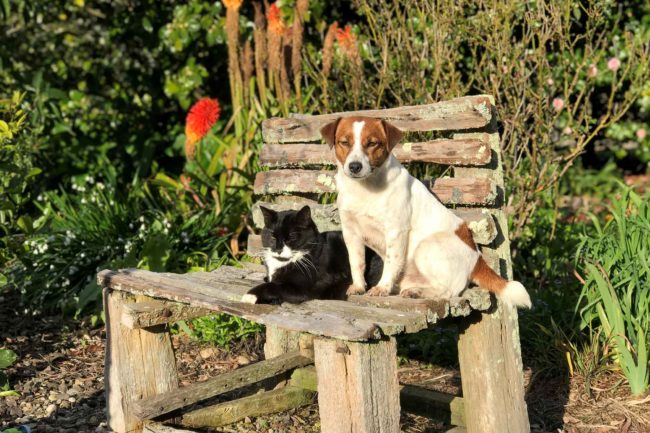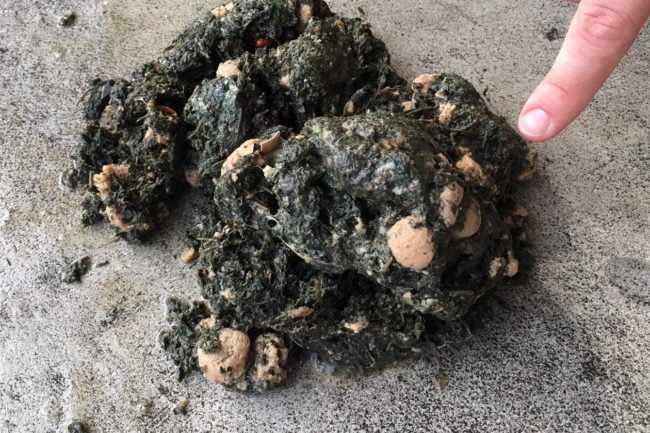Festivity Season Hazards for Your Pets
Christmas is fraught with potential dangers to your pets. Items safe and enjoyable for humans can be dangerous for our furry friends. Here are the most common potential hazards. Chocolate. Wrapped up easily accessible under the Christmas tree, the festive season is the most common time to see chocolate toxicity in dogs. Containing theobromine, which…
Details












